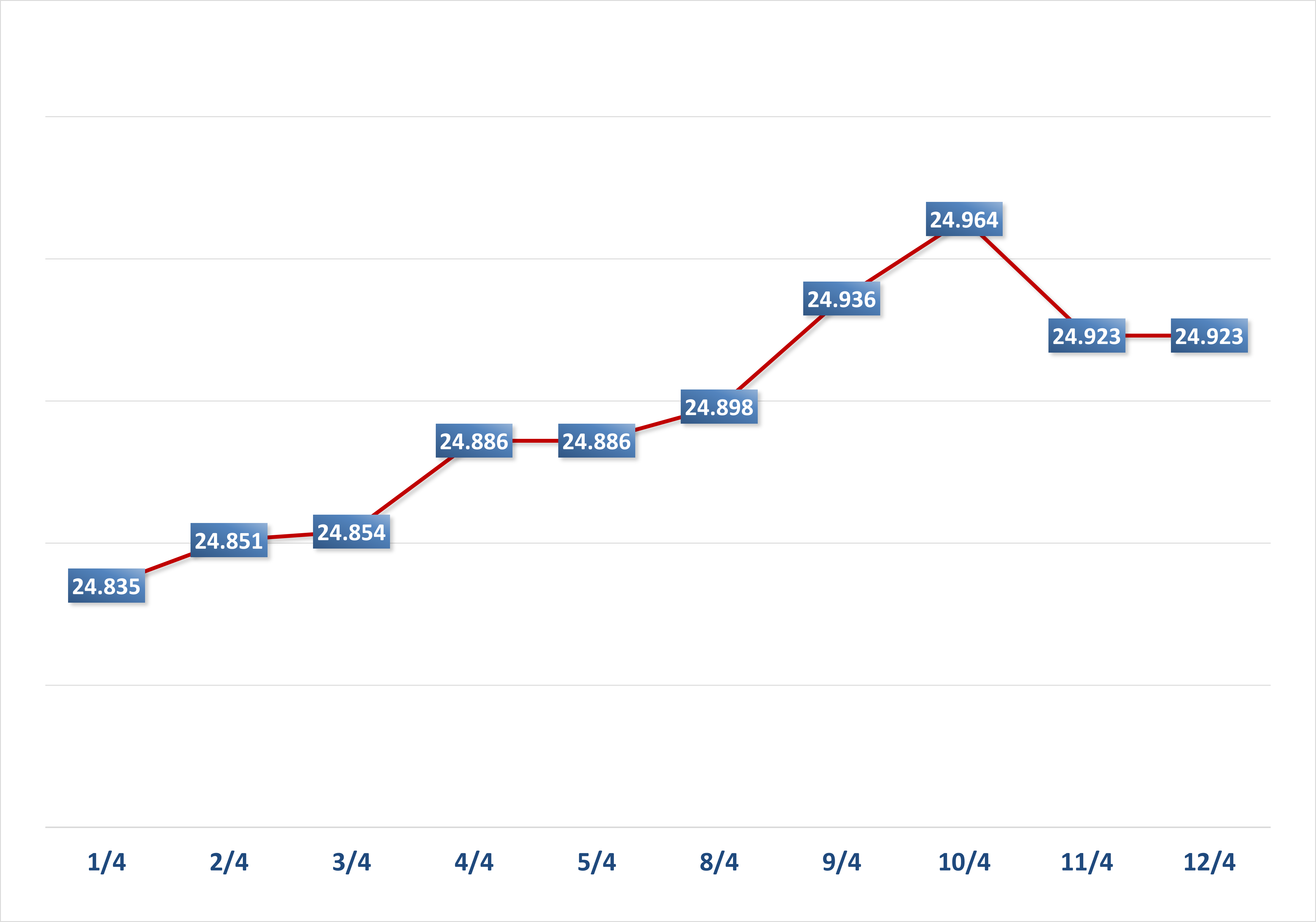Meeting investors is a valuable opportunity, but not every start-up can take advantage of this opportunity to make a good impression, on the contrary, they "lose points" in the eyes of investors.
“Red flags” that make startups lose points in the eyes of investors
Meeting investors is a valuable opportunity, but not every start-up can take advantage of this opportunity to make a good impression, on the contrary, they "lose points" in the eyes of investors.
 |
There are many “red flags” that make investors immediately reject a start-up, without much consideration. These signs sometimes do not come from the business plan, but from the way the founder presents it, his vision, and how he organizes his team.
One of the most common reasons is lack of thorough preparation, overconfidence in the target market. When meeting investors, some founders often affirm that their start-up is exploiting a new market, with no competitors. But in reality, competitors exist everywhere, directly or indirectly. If there are no competitors, it is likely that the market the start-up is targeting is too small, not attractive enough to others, or the start-up has not spent enough time to learn, so it does not know who the competitors are. Whatever the reason, the start-up's lack of thorough preparation has caused investors to "turn around" and not want to continue the discussion.
Another negative sign comes from the product and service aspect. If the start-up cannot point out the strengths or competitive advantages of its product compared to other companies in the same field, investors will not see the special value of the project.
On the contrary, start-ups constantly emphasize that their products are better than their competitors because they have more functions, which is thought to be an advantage, but is actually a disadvantage. Because investors all understand that, the number of functions is not important, the important thing is that the functions must match the needs of customers. Many products have 10 functions, but only 1 is useful, will be far inferior to products with only 3 functions and these functions are all loved by customers. The most effective way for founders is to point out how customers respond to each function of the product, how often it is used.
In addition to the above two issues, the structure of a start-up is also a deciding factor in whether investors have a good impression of the start-up or not. A founding team with a clear distribution of skills and experience, plus the complementarity and support between members, will always be highly appreciated by investors.
Meanwhile, even if a startup has a good product, but the team is chaotic and unstable, investors will still refuse. For example, the core team of a startup has 5 co-founders, but no one holds the official CEO role. When investors ask "Who is the CEO?", no one stands up to take responsibility, only one person says that he is temporarily holding the CEO position, and will transfer it if the startup finds someone else suitable. This is a huge minus point, because investors may decide to give capital to a more capable party, instead of giving money to the startup to find someone else to be the CEO.
Another sign that makes investors reject startups is the feeling of lack of transparency and dishonesty during the exchange process. If the founder cannot provide accurate financial figures, or avoids answering important questions about the startup such as the number of customers, revenue growth rate, profits, costs to acquire new customers, etc., investors will feel concerned about the reliability of the project. When they cannot find honesty and transparency in startups, investors are ready to withdraw right from the first meeting.
Thus, to avoid the above “red flags”, founders need to be meticulous and meticulous from market research, to the founding team, product and financial figures. Only by doing this, can startups increase their chances of receiving investment capital in the “hardship of the wise” era.
Source: https://baodautu.vn/dau-hieu-do-khien-start-up-mat-diem-trong-mat-nha-dau-tu-d231628.html




![[Photo] Overcoming all difficulties, speeding up construction progress of Hoa Binh Hydropower Plant Expansion Project](https://vstatic.vietnam.vn/vietnam/resource/IMAGE/2025/4/12/bff04b551e98484c84d74c8faa3526e0)


![[Photo] Closing of the 11th Conference of the 13th Central Committee of the Communist Party of Vietnam](https://vstatic.vietnam.vn/vietnam/resource/IMAGE/2025/4/12/114b57fe6e9b4814a5ddfacf6dfe5b7f)






















































































Comment (0)